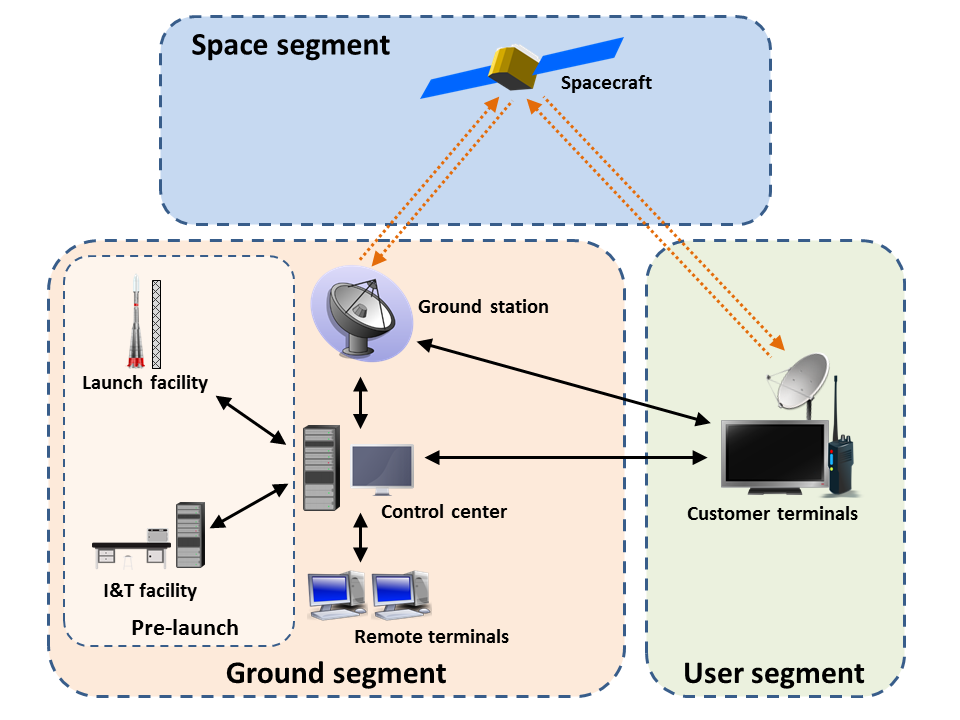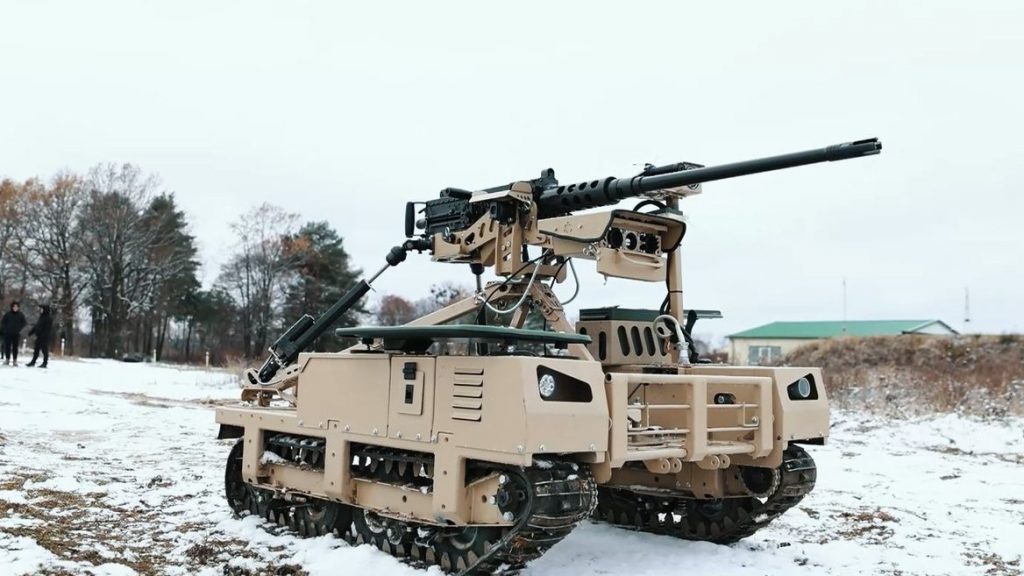When most people imagine satellites, they picture shiny machines floating high above the Earth, minding their own business. In reality, satellites are far from independent — they’re in constant conversation with us down here. That conversation happens through what’s known as a ground control system, the Earth-based side of every space mission.
Think of it like this: launching a satellite is a bit like sending a friend on a long road trip without a map. You wouldn’t just wave goodbye and hope for the best — you’d keep in touch, check how they’re doing, and give them directions when they need to take a different turn. Ground control is that voice on the other end, making sure the satellite knows where it’s going, stays in good health, and gets its job done.
Here’s the gist: satellites beam down streams of data about their status — things like power levels, temperatures, and where they are in orbit. We call that telemetry. Ground stations on Earth use giant dish antennas to pick up those signals, track the satellite’s exact position, and — when needed — send back commands. Maybe that means turning a camera toward a storm, firing tiny thrusters to correct the orbit, or just rebooting a system that’s acting up.
Because satellites don’t hover in one place (unless they’re way out in geostationary orbit), a single ground station can only talk to them for a few minutes at a time. That’s why space agencies use networks of stations spread across the globe — like passing the baton in a relay race so the conversation never stops.
Without ground control, satellites would quickly lose their bearings, run out of power, or simply stop talking to us. It’s not glamorous work — no rockets, no dramatic countdowns — but it’s the steady heartbeat of spaceflight. The moment you check the weather forecast, use GPS, or download an image from space, you’re seeing the quiet, constant work of ground control in action.
So, What Exactly Happens in Ground Control?
If you hang around space engineers long enough, you’ll hear them toss around the acronym TT&C — short for Telemetry, Tracking, and Command. It sounds like something from a Cold War spy novel, but it’s really just the three main jobs ground control does every single day.
Telemetry:
This is the satellite’s version of saying, “Here’s how I’m doing.” Every few seconds, it beams down measurements — battery voltage, temperature, which instruments are switched on, even little fault messages if something’s not quite right. It’s like getting a constant stream of health stats from a very expensive, very far-away patient.
Tracking:
You can’t talk to something in space if you don’t know where it is. Tracking means figuring out the satellite’s exact position and speed, and predicting where it will be next. Operators use this info to point the giant ground antennas in just the right direction, like following a fast-moving star across the sky.
Command:
This is when ground control talks back. Commands can be small — turn on a heater, adjust an antenna — or big, like firing thrusters to dodge a piece of space junk. Each one is carefully written, double-checked, and sent at the right moment during the satellite’s brief window above the horizon.
Why the Dance Never Stops
For satellites in low Earth orbit, a “chat” with a ground station might last only 8 or 10 minutes before they zoom out of range. That’s why there are ground stations scattered around the world, handing off control like runners in a relay race. If one station misses a pass, another one further along the satellite’s path is ready to pick it up.
And here’s the thing: even deep-space probes — the ones millions of kilometers away — still rely on TT&C. It just takes a lot longer for the messages to get there and back. (Imagine texting a friend and getting their reply 40 minutes later.)
The Invisible Lifeline
In the end, TT&C isn’t just some technical checklist — it’s the lifeline that keeps satellites alive and useful. Without it, the spacecraft would drift silently, slowly losing power until it became just another piece of space debris. With it, they stay on course, carry out their missions, and keep feeding us the data that powers everything from Google Maps to climate science.
So next time you see a picture of Earth from orbit or your GPS calmly tells you to turn left, remember: somewhere on the ground, a giant dish and a team of people are quietly making that moment happen.




